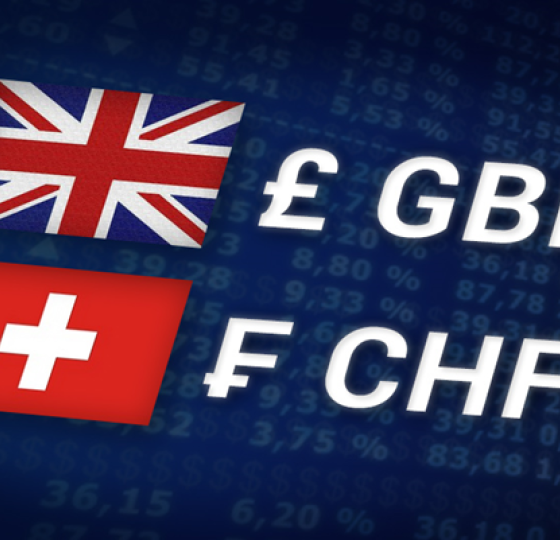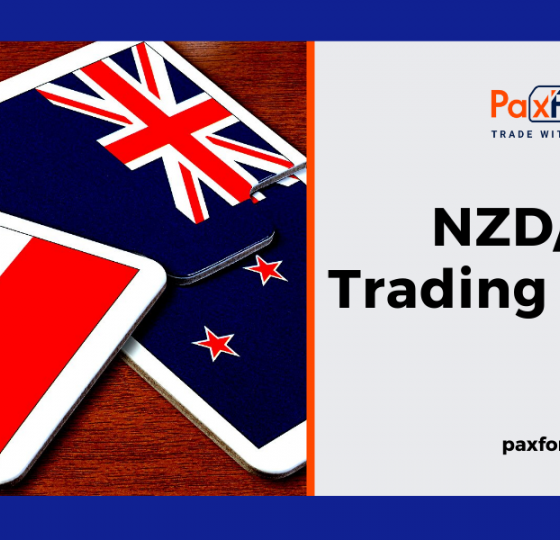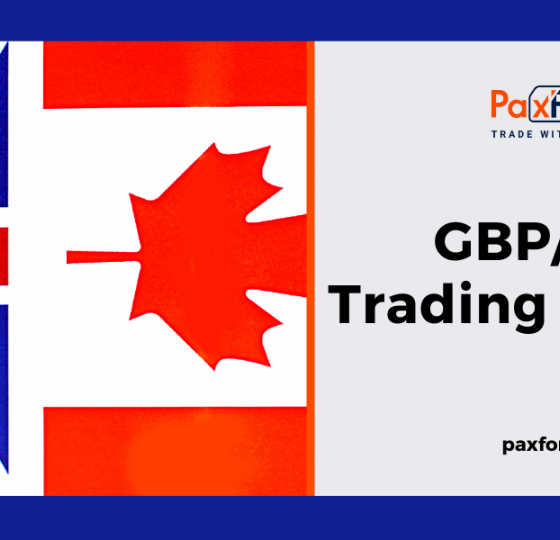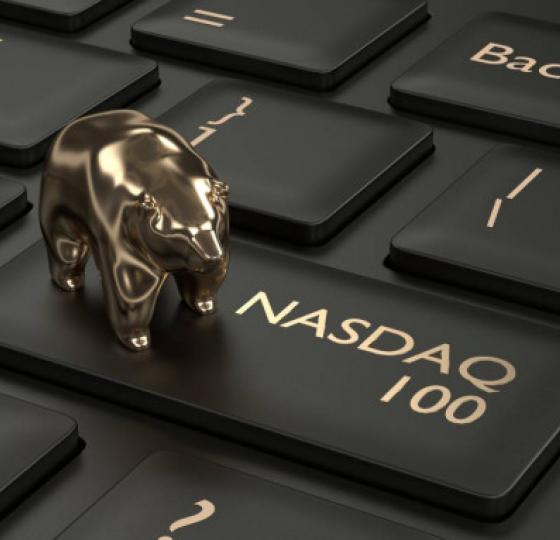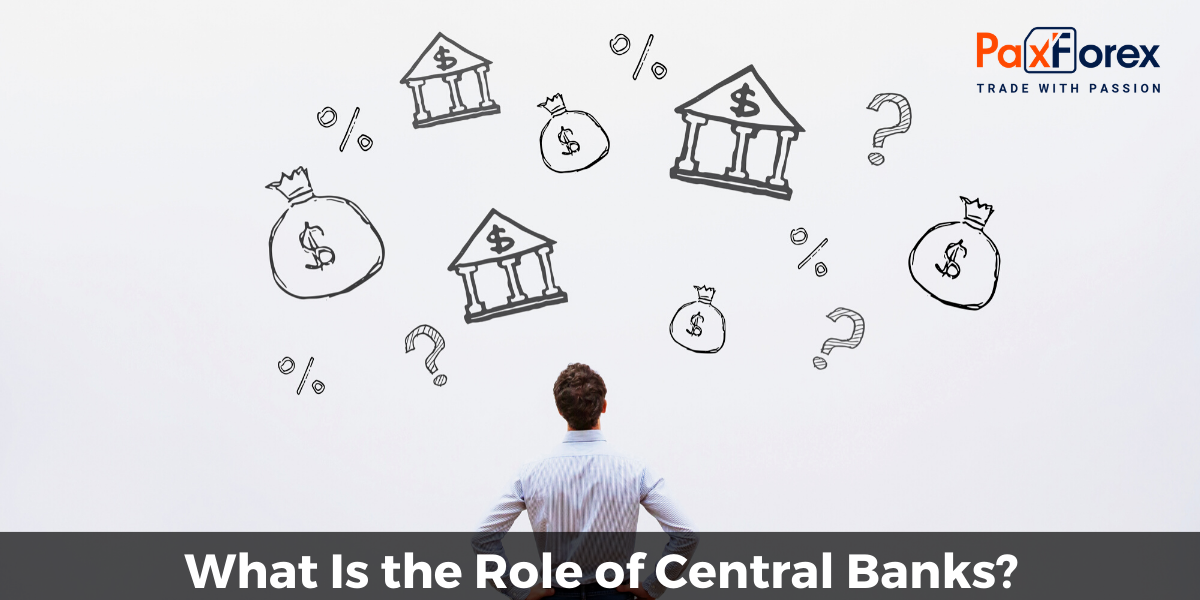
Central banks are at the heart of the financial system of any given country in that they are the authorities controlling the supply of money, and therefore control the functions of economical fields. They evolved from the lack of stability in financial market that ruined a lot of economies during the 19th century.
The first central bank was the Swedish Riksbank, which was created in the 17th century, with many following in the 18th and 19 century. The U.S. Federal Reserve appeared at the beginning of the 20th century. Over time, the roles of central banks in different countries have developed differently.
The European Central Bank's main duty is to assure price stability, by keeping "inflation rates below, but close to, 2% over the medium term" as measured in their CPI.
The Federal Reserve of the United States has four responsibilities: 1. Conducting the nation's monetary policy by influencing the monetary and credit conditions in the economy in pursuit of maximum employment, stable prices, and moderate long-term interest rates 2. Supervising and regulating banking institutions to ensure the safety and soundness of the nation's banking and financial system and to protect the credit rights of consumers. 3. Maintaining the stability of the financial system and containing systemic risk that may arise in financial markets. 4. Providing financial services to depository institutions, the U.S. government, and foreign official institutions, including playing a major role in operating the nation's payments system
The Bank of Japan states: "currency and monetary control shall be aimed at contributing to the sound development of the national economy, through the pursuit of price stability."
The Bank of England's mission is to assure stable prices and confidence in the currency through monetary policy and to detect and reduce threats to the financial system as a whole through financial policy
Even if in practice, central banks roles may sound different and even complicated, in pure theory their role is to increase the expansion phase of business cycle and reduce the contraction phase while still assuring future and prospective growth. These targets can be affected through monetary policy conducted by central banks via economic levers like interest rates, open market operations and reserve requirements. In order to conduct them, central banks must hold foreign reserves and gold reserves.
Interest rates are the most important economic lever that a central bank can control. In a classic economy, interest rates are viewed as "the price of money". A high interest rate will attract foreign capital and a low interest rate will tend to force capital to move outside the country in a search for a better income source (higher yields).
Forex traders experience this by carry trading. We borrow in Yen, paying a 0.5% annual interest rate and buy, or go long in GBP, EUR, AUD or NZD because those currencies have higher rate of interest, or yield. Lower interest rates will boost lending because it makes the price of borrowing cheaper, giving corporations the ability to grow and giving consumers the "free hand" for spending. Over time this will create inflation and tend to cause interest rates to go up.
The central banks choose their desired interest rate in organized meetings, through voting on the short term interest rate. There are two types of interest rate that we should be aware of, they are; the nominal interest rate and the discount interest rate from which central banks offer lending to commercial banks.
Open market operations (OMO's) are one way a Central Bank controls interest rates. OMO's are simply a buying and selling operation that raises or lowers the money supply, which has an immediate effect on the interest rate and on currency valuation. Each central bank has its favorite way of influencing the interest rate through open market operations, but because of being the simplest and the most influential, we will focus on the Fed's method.
The Fed chooses nominal interest rate (named fed fund target rate) through lending and borrowing for collateral securities from 22 banks and bonds dealers (called primary dealers). These operations are nicknamed "Repo" (repurchase operations). Traders should check the open market operations from time to time; they have a significant influence over Forex.
Open market operations are the buying and selling of US Treasuries. These daily transactions control the supply of money. Treasuries are Government Debt that is sold to investors at a set rate of return. About half of the US debt is held by the Federal Reserve, a fact that seems strange to some; the Central Bank owns half the Country's debt.
The reason is that the Fed can then control the flow of available Dollars. When Rates are required to go up the Fed buys back the Debt. When Rates need to go down the Fed sells Debt with the $ reserves, money that then goes into the banking system. Rates going up creates a squeeze on the Money Supply and the $ strengthens. Rates going down therefore increases the Money Supply and the $ weakens.
Paying no interest on Reserves, as is the Fed policy, makes U.S. banks hold no more than they are legally required to do, and with any and all cash surplus then lent to other Banks in times of need, usually underneath the Fed Funds rate (Discount Window), it puts additional and unwanted pressure on the system.
This pressure can be very negative, especially when the Central Bank, in this case the Fed, is in a rate changing cycle. Banks borrowing under the Fed Funds sends rates down, at a time that the Fed needs them up to be able to fight inflation. We have witnessed the volatility in the Treasury yields, in the Libor rates, and seen it reflected in the intra-day volatility in the USD/CHF.
That is the problem when the Central Bank has a dual mandate, in reality you can either fight inflation, or you can have growth- but growth at a dear price, as we can see in the Commodity Bubble; the value of any growth produced is stripped away in inflationary costs.
Monetary policy controls the supply and cost of money and credit. A central bank will increase the supply of money and decrease the cost of borrowing to stimulate an economy and vice versa to slow down an economy.
Even though a central bank needs to be as independent as possible, governments and politicians still have influence in its aims and targets. Depending on the country, a central bank's president or commission is set by the government which sometimes may have influence on bank's decisions at turning points, like at the peak of business cycle or during elections. The Finance Ministry of Japan is an example of a dominant government body influencing the central bank.


